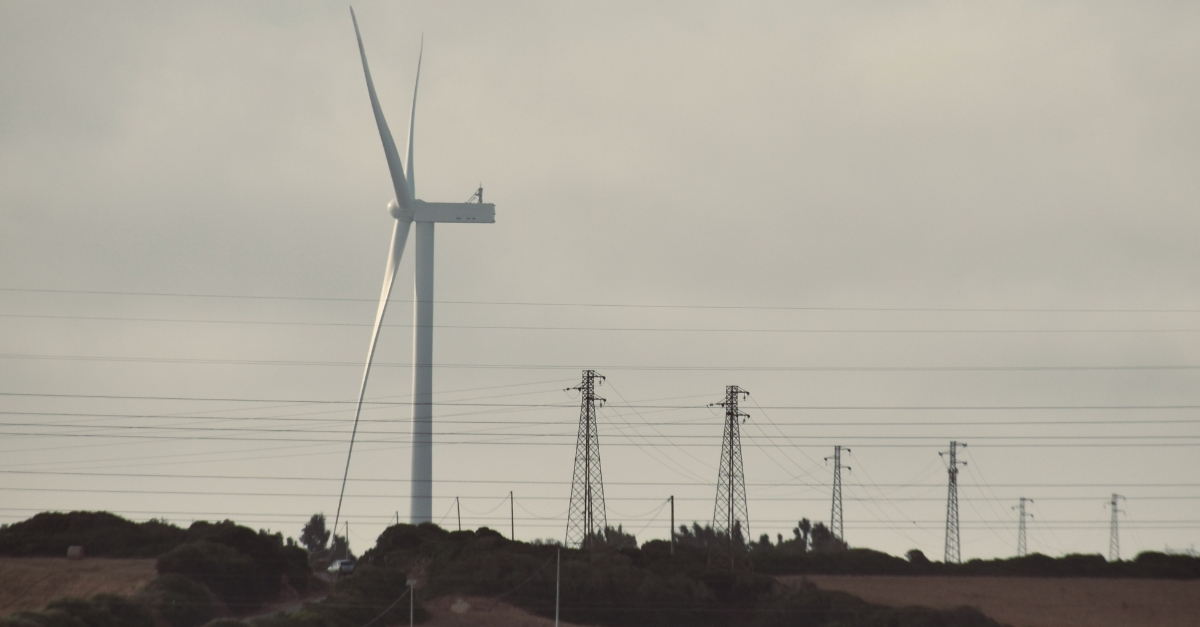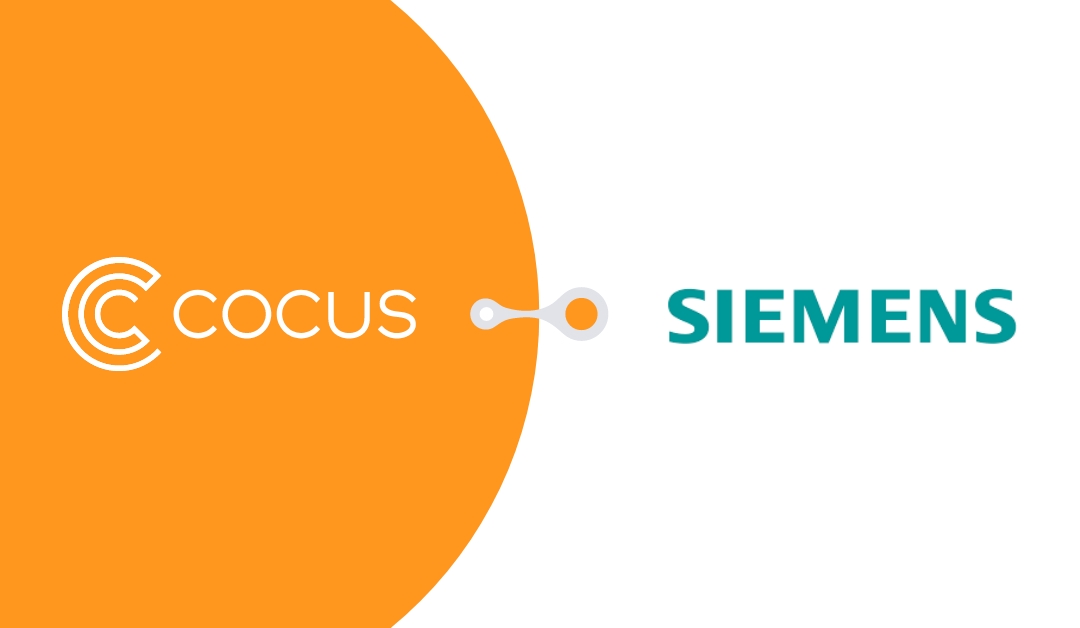AI in the energy industry: Over 40 use cases from a recent practical workshop organised by the German Association of Energy and Water Industries (BDEW) demonstrate the immense potential that lies in the forecast-based AI energy, plant and grid management of critical infrastructures.
Artificial intelligence is becoming increasingly important in congestion management, especially for distribution grid operators: as electricity can hardly be stored, the costs have risen considerably in recent years with the increasing feed-in of renewable energies. The number of generation plants has also almost doubled since 2018.
Efficient management of bottlenecks is becoming increasingly important for grid operators in order to continue to avoid grid overloads and ensure the stability of the power supply.
Potential of artificial intelligence in congestion management
Feed-in management, a part of congestion management, involves temporarily restricting the feed-in of renewable energies, while redispatch describes the targeted ramping up or down of conventional power plants to stabilise the grid frequency. With Redispatch 2.0, renewable and decentralised plants are now also being used to minimise grid bottlenecks.
In 2022, however, around 8.1 terawatt hours of electricity from renewable energies had to be curtailed to ensure grid stability. In order to counter grid bottlenecks and the resulting costs at an early stage, there are now a wide range of options for forecasting energy demand and optimising grid and system operation. The intelligent control and distribution of various energy sources using AI can promote a stable, cost-effective and sustainable energy supply within the framework of existing grid capacities.
AI energy use cases: Demand & feed-in forecast for efficient system & grid management
AI applications can help to reduce the use of fossil fuels through more accurate forecasts and optimised control strategies for conventional power plants and renewable energy systems. In addition, the use of artificial intelligence enables better integration and feed-in of renewable energies into the grid. The following data and information can be taken into account in real time within the forecasts:
1. Feed-in forecast:
With the help of AI-supported forecasting models, feed-ins from different types of energy, such as solar or wind energy, can be accurately predicted. These models use automated, self-learning algorithms and process weather forecasts and historical consumption data in a cloud environment.
The forecast allows the feed-in of renewable energy to be planned better, which optimises grid connection planning and reduces feed-in management measures. This leads to increased transparency in the electricity distribution grid and minimises energy losses, as the available energy can be used optimally.
2. Demand forecast:
Commercial customers in particular often have highly fluctuating energy requirements that depend on production processes, operating times or seasonal factors. AI-supported systems can create precise energy demand forecasts by analysing consumption data.
These consumption forecasts help energy suppliers to efficiently meet the demand of private and commercial customers and ensure grid stability. The benefits include better planning of energy supply and distribution, which in turn leads to a reduction in costs and improved utilisation of the grids.
3. Grid load forecasting:
The amount of energy distributed in the grid at any given time can be precisely forecast using AI-supported models. These models continuously and automatically learn the behaviour of the distribution grid in order to identify changes in energy demand and supply at an early stage.
This improves the synchronisation between available energy quantities and grid capacity, which reduces the need for feed-in management measures and increases the efficiency of the entire electricity grid. Grid operators can effectively reduce the corresponding compensation costs.
Overall, distribution grid operators can benefit from the fact that the use of AI enables energy consumption and demand as well as grid bottlenecks to be recognised at an earlier stage. This increases the reliability of the energy supply, existing grid capacities are utilised more efficiently and costly interventions such as redispatch or emergency shutdowns can be reduced.
Future developments and AI trends in the energy industry
The future AI trends in the energy industry are very promising. One key development is the increasing use of AI in congestion management: AI analyses data in real time, detects grid congestion at an early stage and resolves it efficiently. Artificial intelligence therefore plays a key role for distribution grid operators in generation and consumption forecasting.
With the modernisation of grids, secure connections, higher speeds and lower latency times are also required to support smart grid applications. End-to-end connectivity and AI solutions will play a crucial role in the energy industry of the future.



